Conditions We Treat
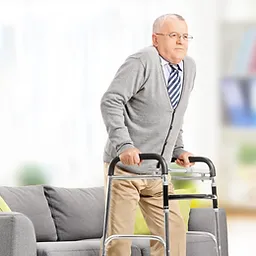
Balance / Falls
Did you know one out of three people aged 65 or over will fall this year? Several factors can contribute to loss of balance. The most common include pain, weakness, neuropathy, vision problems, and inner ear dysfunction.
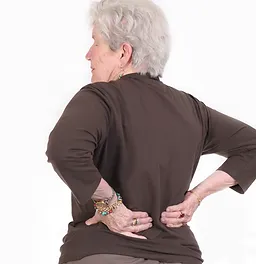
Back Pain
Back pain is the most common condition treated by Physical Therapists. Common diagnoses that lead to back pain are spinal stenosis, degenerative disc disease, osteoarthritis, and nerve impingement.
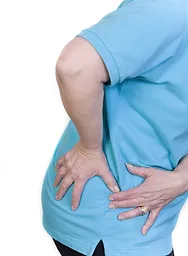
Hip Pain
You may experience hip pain due to muscular weakness and loss of flexibility around the hip joint. Osteoarthritis is another common source of hip pain.
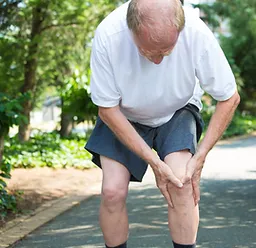
Knee Pain
Knee pain is one of the most common orthopedic conditions treated by Physical Therapists. A common source of knee pain is osteoarthritis. Osteoarthritis can occur between the femur and tibia and/or patella and femur causing pain from bone-on-bone friction. Although we cannot reverse osteoarthritis, research shows pain can be reduced, and function can be gained through a Physical Therapy program.
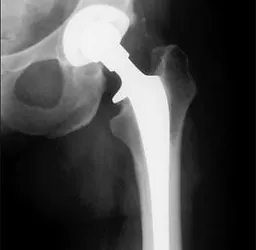
Hip Replacement
Hip Replacement is most commonly performed due to osteoarthrits of the head of the femur (the ball) and the acetabulum (socket). Physical Therapy should be performed before surgery to improve flexbility and strength which can lead to better outcomes after surgery. Post-surgery Physical Therapy will focus on strengthening of the hip as well as improving your ability to walk and perform weight-bearing activities. Precautions should be taken to certain hip movements depending on surgical protocol.
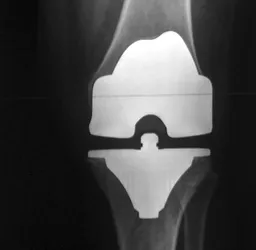
Knee Replacement
Knee Replacement is most commonly performed due to osteoarthritis of the knee joint (femur and tibia). Physical Therapy should be performed before surgery to improve range of motion of knee joint and strengthening of quadriceps muscle which can lead to better outcomes after surgery. Post-surgery Physical Therapy will focus on improving knee range of motion, strengthening of lower extremity muscles and improving ability to perform several functional tasks such as walking, stairs, transferring in and out of car, and many others.
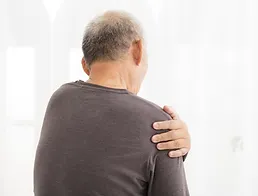
Rotator Cuff
Rotator Cuff problems increase with age. They are most commonly due to wear and tear of the muscles due to repeated use. Rotator Cuff injuries can also be caused by falls when landing on an oustretched arm. Physical Therapy can help by decreasing pain and improving range of motion and strength of the affected shoulder.
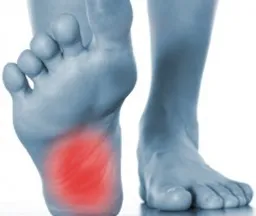
Foot / Ankle Pain
Foot and ankle pain can be caused by several different factors. Common causes of pain are plantarfasciitis, heel spurs, osteoarthritis and inflamed tendons or ligaments. Your footwear can also be a factor that should be taken into consideration with Physical Therapy.
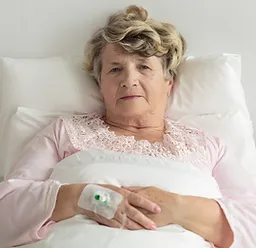
Deconditioning
Deconditioning occurs due to lack of movement. This may be due to a recent hospital stay or an onset of pain that has limited your ability to move. This causes your muscles to atrophy and heart to become less efficient. Physical Therapy focuses on improving your mobility by increasing muscle strength, stamina, and cardiac output.
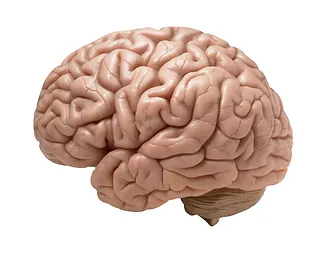
Dementia
Did you know that therapeutic exericse has been proven to lower the rate of mental detierioration in people with Dementia? Dementia is a general term for loss of memory and other mental abilities that affects daily life. The most common type of Dementia is Alzheimers Disease. Therapy can help by retraining the patient in specific functional tasks to make daily life easier. Part of therapy involves educating family members on strategies to care for their loved one as well as a daily exercise plan.
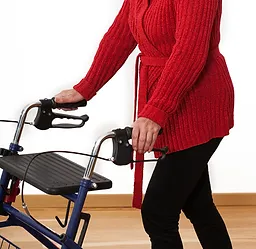
Parkinsons
Parkinsons Disease is characterized by tremor, slow movement, a shuffling gait, and loss of facial expression. This occurs due to a loss of neurons in your brain that carry the chemical dopamine. When dopamine levels decrease, it causes abnormal brain activity. Therapy can help with this condition by utilizing exercises that improve your coordination, strength, and mobility.
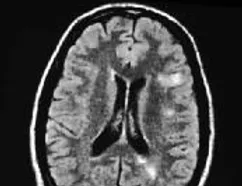
Multiple Sclerosis
Multiple Sclerosis (MS) involves demyelination of nerves which causes communication problems between your muscles and brain. Physical Therapy has been shown to improve symptoms of fatigue caused by MS. Therapy can also improve secondary symptoms from MS such as back pain.
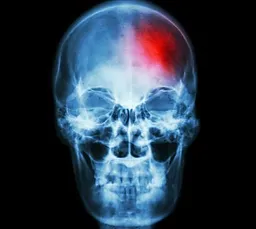
Stroke
Stroke, also known as a Cerebrovascular Accident (CVA) occurs when the blood supply to part of your brain is interrupted, depriving the brain of oxygen and nutrients, causing tissue death. Symptoms will depend on the region of brain affected. Therapy can improve function after a stroke by focusing on strength training, mobility and cognitive issues.
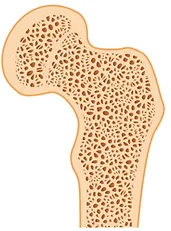
Parkinsons
Parkinsons Disease is characterized by tremor, slow movement, a shuffling gait, and loss of facial expression. This occurs due to a loss of neurons in your brain that carry the chemical dopamine. When dopamine levels decrease, it causes abnormal brain activity. Therapy can help with this condition by utilizing exercises that improve your coordination, strength, and mobility.
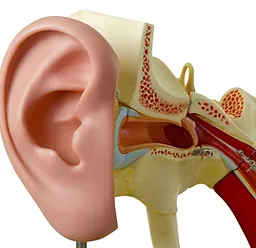
Inner Ear / Vertigo
Do you get dizzy or feel a spinning sensation when getting up from bed? It is possible you have Benign Paroxysmal Positional Vertigo (BPPV). BPPV is caused by displacement of calcium carbonate crystals within the inner ear. These crystals give you a sense of position. When displaced, you may experience a spinning sensation also known as vertigo. Physical Therapy can help by repositioning these crystals to their natural state, thereby eliminating vertigo.